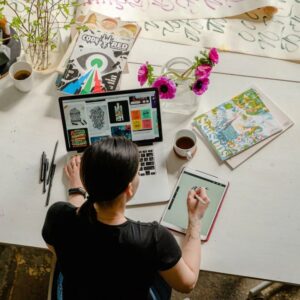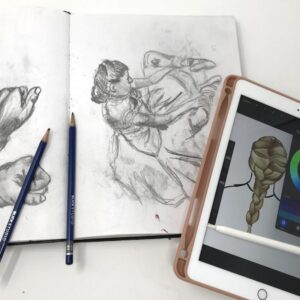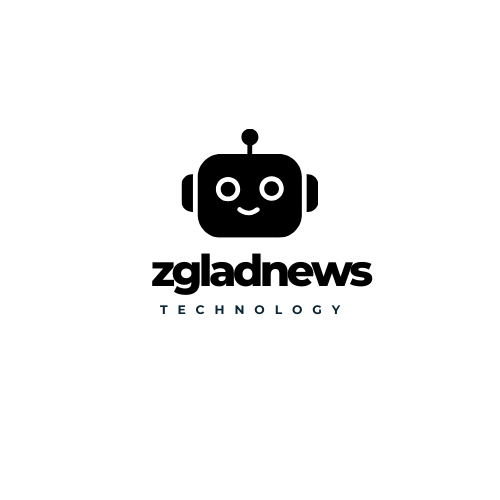Art
The Impact of Digital Media on Art
1. The Evolution of Artistic Expression
2. Transforming Art Distribution
The traditional art world was once confined to galleries, museums, and physical exhibitions. Digital media has disrupted this model, providing artists with new ways to showcase and sell their work. Online platforms, such as social media, digital galleries, and e-commerce websites, have become vital channels for artists to reach global audiences.
Social media platforms like Instagram and TikTok have emerged as powerful tools for artists to share their work and build a following. These platforms enable artists to connect with fans, collaborate with peers, and gain exposure without the need for traditional gatekeepers. Additionally, digital galleries and online marketplaces have made it easier for artists to sell their work directly to collectors, bypassing the need for physical spaces and intermediaries.

3. Enhancing Audience Engagement
Digital media has revolutionized how audiences interact with art. Interactive installations, virtual exhibitions, and online art communities have transformed the way people experience and engage with art. Digital media allows for greater interactivity and personalization, creating opportunities for audiences to participate in the artistic process.
Interactive art installations, such as those using motion sensors or touchscreens, invite viewers to become part of the artwork. Virtual exhibitions offer the chance to explore art from anywhere in the world, breaking down geographical barriers and making art more accessible. Online art communities and forums provide platforms for discussions, critiques, and collaborations, fostering a sense of community among artists and art enthusiasts.
4. The Rise of Digital Art and NFTs
One of the most significant developments in the intersection of digital media and art is the rise of digital art and non-fungible tokens (NFTs). Digital art, created and stored in digital formats, has gained recognition and legitimacy in the art world. NFTs, which are unique digital assets verified using blockchain technology, have introduced a new way for artists to sell and authenticate their work.
NFTs have revolutionized the art market by allowing artists to retain ownership and control over their digital creations. Through NFTs, artists can benefit from royalties on secondary sales, creating a new revenue stream and incentivizing ongoing engagement with their work. This innovation has sparked debates about the future of art ownership and the role of digital media in shaping the art market.
5. Challenges and Considerations
While digital media offers numerous benefits, it also presents challenges and considerations. The proliferation of digital art and online platforms has led to concerns about copyright infringement and the devaluation of traditional art forms. As digital media continues to evolve, artists and stakeholders must navigate issues related to intellectual property, digital rights, and the impact on established art institutions.
Moreover, the rapid pace of technological advancement means that artists must continually adapt to new tools and platforms. This can create a divide between those who are tech-savvy and those who struggle to keep up with the latest developments. Ensuring inclusivity and accessibility in the digital art world remains a crucial consideration.
6. The Future of Digital Media and Art
Looking ahead, the future of digital media and art promises continued innovation and transformation. Advances in artificial intelligence (AI), machine learning, and immersive technologies will likely drive new artistic practices and experiences. AI-generated art, for example, is pushing the boundaries of creativity and challenging traditional notions of authorship and originality.
As digital media continues to shape the art world, it will be essential to address the associated challenges while embracing the opportunities it presents. The integration of technology and art will likely lead to new forms of expression, collaboration, and engagement, further enriching the cultural landscape.

Conclusion
Digital media has undeniably had a profound impact on the art world, transforming how art is created, distributed, and experienced. The fusion of technology and creativity has opened new avenues for artistic expression, expanded distribution channels, and enhanced audience engagement. As digital media continues to evolve, its influence on art will undoubtedly grow, shaping the future of artistic practices and the art market.
The intersection of digital media and art represents a dynamic and exciting frontier, offering limitless possibilities for artists and audiences alike. Embracing these changes and navigating the associated challenges will be key to unlocking the full potential of this evolving relationship.
Learn more: zgladnews


